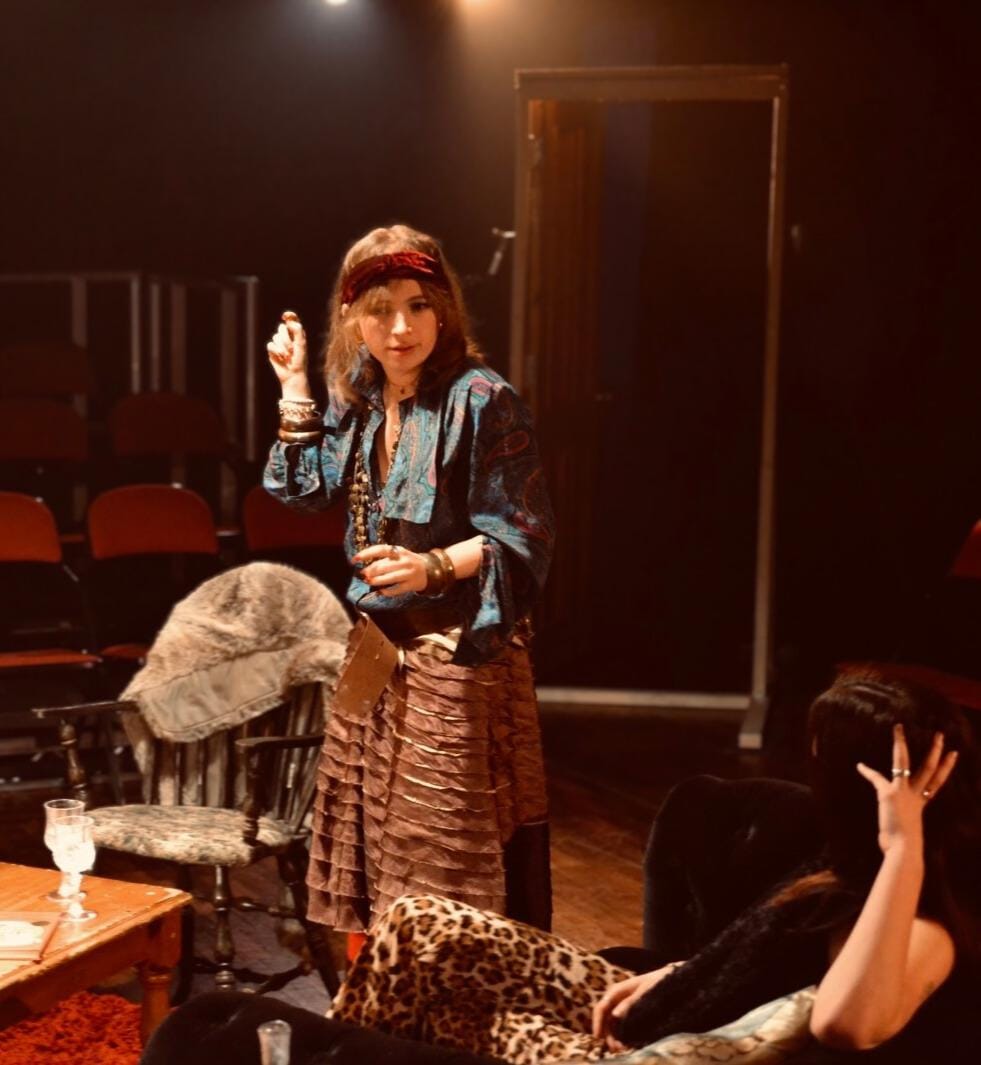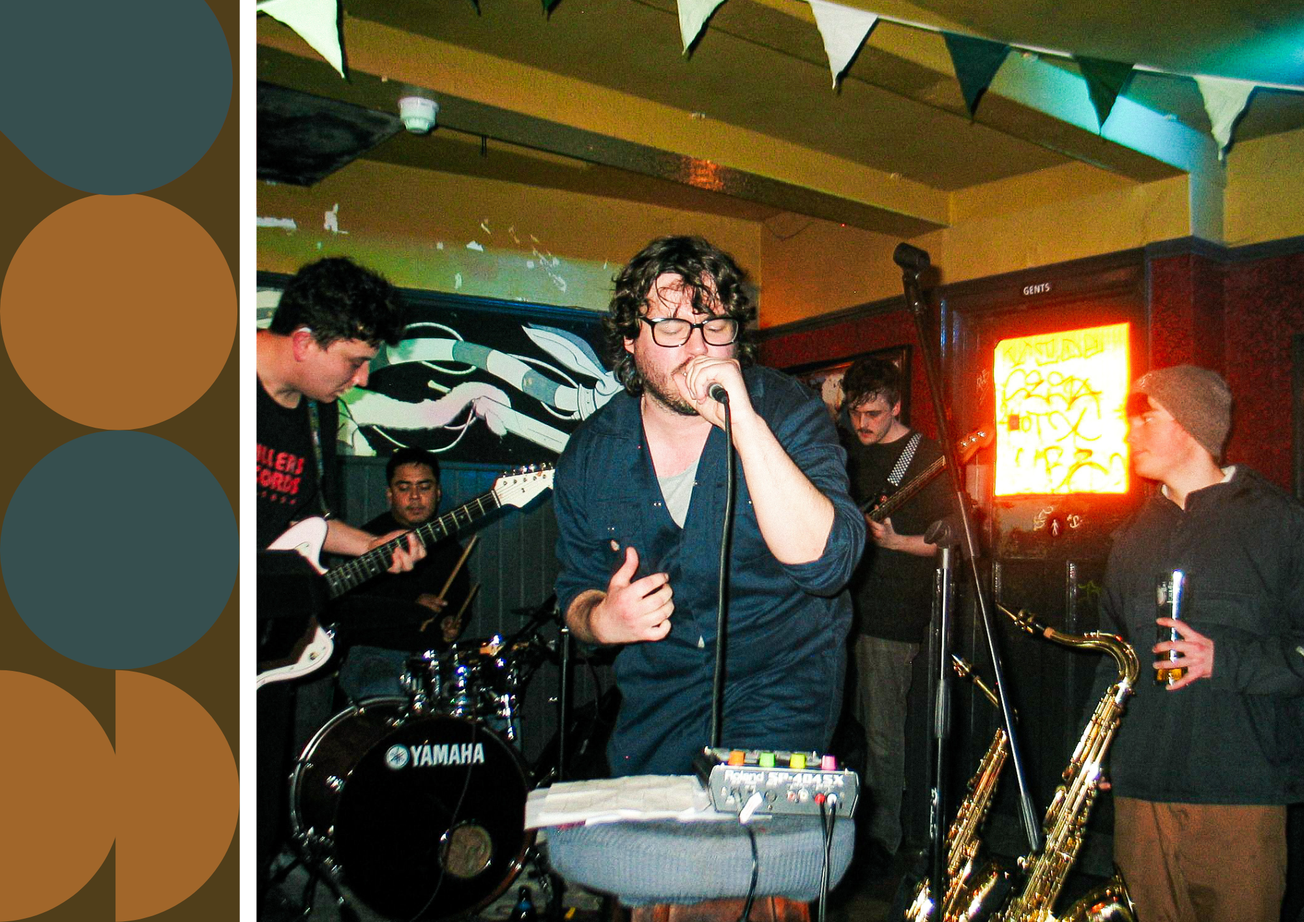By Megan Oberholzer, Second year, Liberal Arts
More than three years after the drowning of the Colston statue, Black History Month 2023 returns us to the same questions we were asking then; how can the Arts make space for a black identity in its more-often-than-not exclusionary and Anglo-centric cannon? Moreover, how can we reconstruct a history that has been lost through an intense silencing, malicious disinterest in keeping record and a marked colonialist purge of rich African culture?
The Colston statue, though raising the question, also brings a compelling answer.
Following the national Black Lives Matter tensions in 2020 and growing social frustration with the failure of public art cannon, which includes statues but reaches beyond, to acknowledge their subject or artist’s involvement in black oppression, or the contributions of black historical figures to their success, the Colston statue was graffitied, dismounted and ceremoniously thrown into the Bristol Harbour. And it has piqued the interest of every art historian since.
Many have and will continue to argue that the ‘destruction’ of a monument, or art in general, is the blatant destruction of our history, however, in the case of Colston’s statue, its ‘destruction’ serves an important continuation of its story. When activists could have tacked on the missing history of Edward Colston’s prominent involvement in the slave trade to his existing commemoration, perhaps by plaque or via an expansion, they instead layered on a new social context: the murder of George Floyd in 2020 and the present-day anger towards
an unresolved colonialist past. The ‘destruction’ of the statue transformed it into what Aleida Assmann’s theoretical work (In)visible Monuments (2022) refers to as a ‘counter-monument’ and placed it forever in conversation with both Colston’s troubled history and the tragedy of George Floyd.
Similar layering can be observed in Pete Brathwaite’s recent Visible Skin Exhibition in the Bristol Museum and Art Gallery. His approach to reworking depictions of Black subjects overlays the existing art with domestic material culture, his career as a performer and the context of the COVID-19 pandemic, where he himself plays the role of the subjects in each photograph regardless of historical context, age or gender, with whatever, sometimes intensely personal, materials he had to hand. His work breathes life into the historic depictions but also adds to them with his own experiences as an artist.
But this contextualising practice is not necessarily new or confined to Bristol. You do not have to look further than across the channel to Bremen’s Nambia Memorial
(Antikolonialdenkmal) in Germany. Originally the “Reichs-kolonial-ehren-denkmal” (imperial colonial honour monument), an elephant statue erected in 1932, it was later quietly demarked of its depictions of colonial pride over several decades until, eventually, in 1990 it was rededicated with two plaques: one to mourn the African victims of the German colonial rule from 1884 to 1914 and a second to complete Bremen’s (post)colonial past with a promise that acknowledges Germany’s historical responsibility and present friendship with Africa. The respect this offers and the weight it carries might shed light on how our existing art does
not need to be ‘destroyed’ but repurposed with our social responsibility and colonialist history in mind.
Layering new social context onto established historical artworks is an effective and powerful method for changing art, and its discipline, in the name of progress. Perhaps we can take inspiration from Assmann’s terminology of ‘counter-monuments’. Perhaps the way forward for our need to make space for a historical and current Black identity in the classical cannon is to establish a series of ‘counter-artworks’, or a ‘counter-cannon’ that balances the preservation of our historical art while simultaneously acknowledging the colonial history
hidden underneath.
Featured Image- Milan Perera
How do you think we can acknowledge our art's colonial history?









